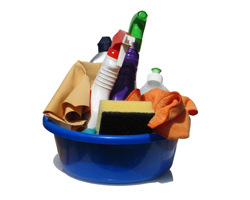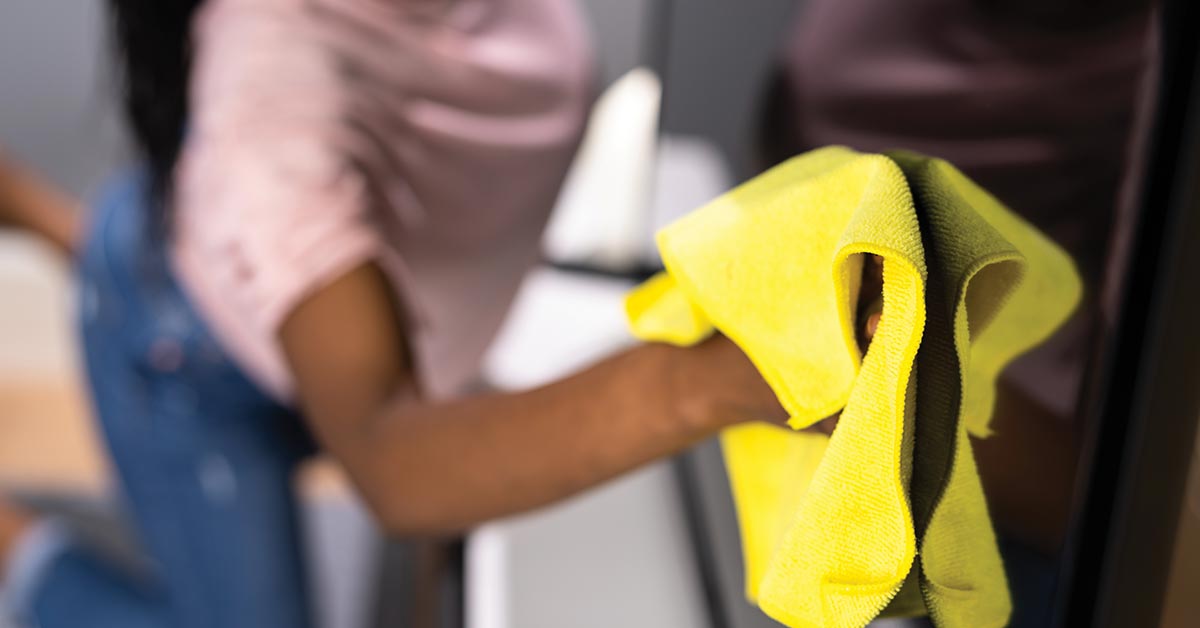After this winter’s subzero temperatures and the furnace running nonstop, the amount of dust kicked up by the constant blowing makes spring cleaning seem a little daunting. Here’s how to get rid of that dust, instead of stirring up a dust storm.
Hang rugs over an outdoor railing, and beat them with a broom. You’ll get out a lot more dust than with the vacuum cleaner. This works well for furniture cushions, too. Leave them outside to air while you tend to the rest of the room.
- Soft surfaces—bedspreads, drapes, and decorative throws—can also be dust magnets. Give those items a run through the washing machine. And if you’re storing heavier items for the summer, covered containers help make sure they don’t collect dust during the off-season.
- Dig up your vacuum cleaner and its attachments. Make sure your vacuum bag is empty and your filter is clean. A HEPA filter will help keep you from spewing dust back into your atmosphere. You’ll also want some microfiber cloths for wiping down hard surfaces that you can’t hit with the vacuum cleaner attachments. The goal is to capture the dust, and a damp microfiber cloth does a nice job. Turn your furnace fan on, so its filter will catch any dust stirred up during cleaning.
- Begin at the ceiling and work your way down; vacuum up those spider webs where the ceiling meets the wall, and wipe down the ceiling fan blades. Lampshades, blinds, furniture, and windowsills need a swipe from the microfiber cloth. Use a soft brush attachment to get the baseboards and nooks where the floor and wall meet. Heat vents and cold air returns also need special attention. Vacuum the floor using the attachments, to get under and behind the furniture. One look at your vacuum cleaner’s dust receptacle will convince you to take on every room in your house!
- Switch out the filter in your furnace. A new HEPA filter will help remove dust particles in the air during those last few cold spring days.
What exactly is dust made of? The National Center of Biotechnology Information published a study in 2010, by scientists David Layton and Paloma Beamer, analyzing the composition of household dust. They found that while forty percent came from indoor sources such as dead skin cells, carpet lint, and cooking and smoking residue, sixty percent came from outdoor sources such as dirt tracked in on shoes and airborne matter from car exhaust, crop dusting, and even volcanic eruptions. More disturbingly, their study showed that most dust contains trace amounts of arsenic, lead, and DDT. If that’s not a good reason to start dusting, I don’t know what is!
Written by: Jennifer Reynolds is a staff writer for West Michigan Woman.




